Mahindra XUV 9e, BE 6 First Drive Review
Are the latest Mahindra electric SUVs good enough to defibrillate the struggling EV segment in the country?
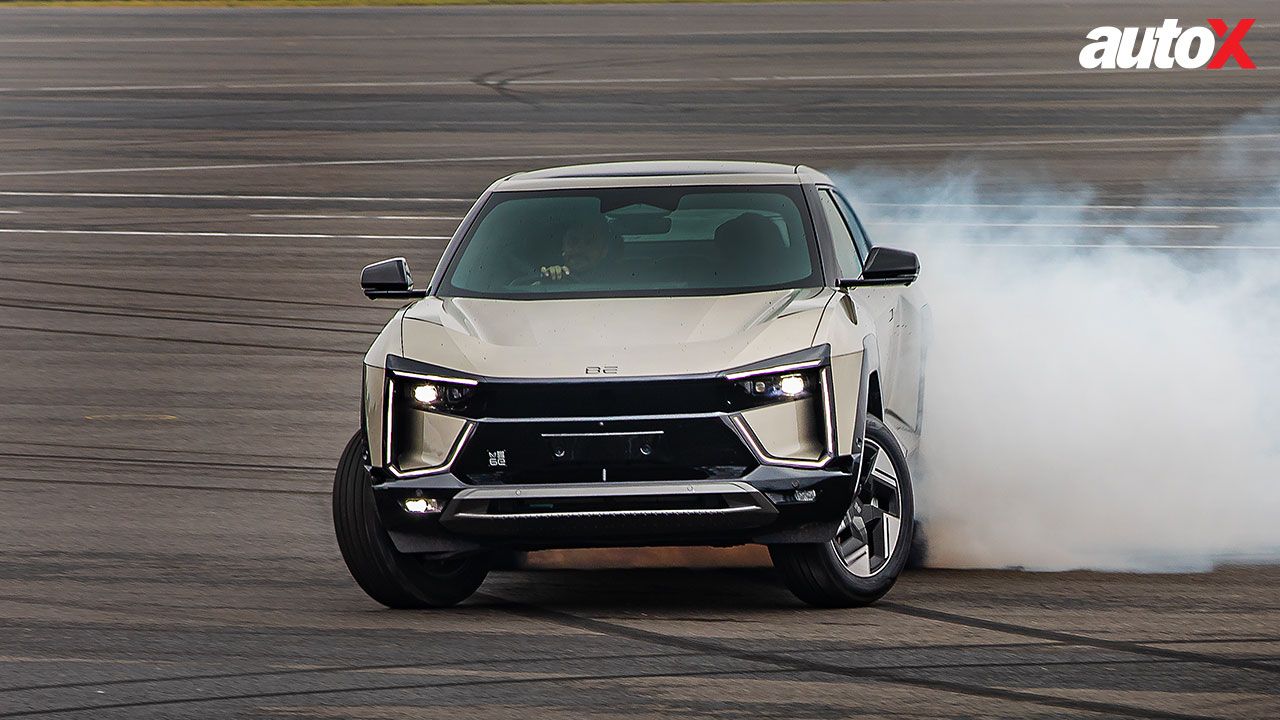
This is shaping up to be one of the most significant launches of the year. The excitement surrounding Mahindra’s eSUVs shows no signs of slowing down. With the company strategically drip-feeding teasers before the official reveal, and the recent controversy with IndiGo airlines prompting the renaming of the BE 6e to simply BE 6, it’s been a whirlwind of developments. It’s almost reminiscent of a pop star who’s constantly in the spotlight, whether for a scandal or something as mundane as grabbing a cheeseburger – everything they do makes headlines.
Unsurprisingly, Mahindra’s marketing strategy has been a masterclass in creating buzz, ensuring that their eSUVs dominate your doomscrolling sessions and sending a clear signal to competitors that they’re ready to shake things up when deliveries commence next year. But what about the cars themselves? Has the car’s engineering been able to keep up with the excellent marketing? We find out.
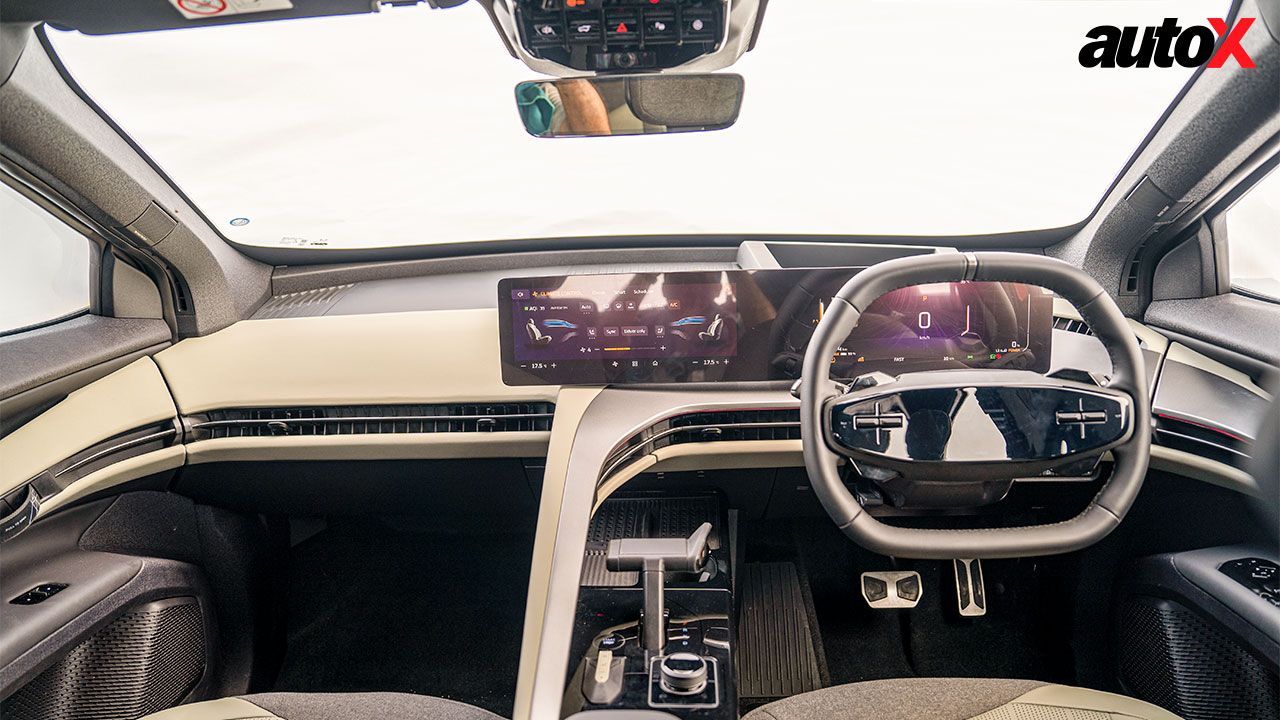
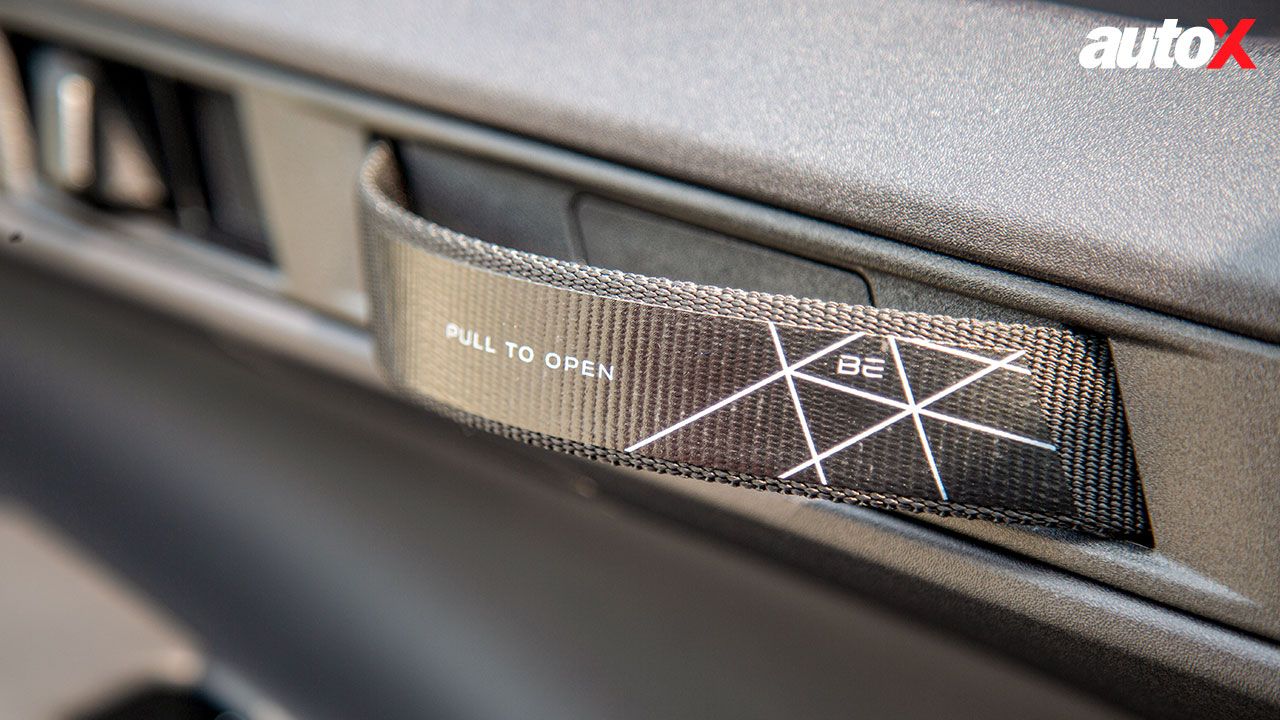
Design: Check
The first task for any new car is to make an impression with its design, and Mahindra has absolutely nailed it. Just look at the BE 6 – it seems to have emerged straight out of a sci-fi blockbuster. The XEV 9e, while more subdued in comparison, still has a bold and striking presence. On its own, it’s only second to its sibling in outlandishness. Let’s start with the bigger of the two – the XEV 9e.
The first thing that grabs your attention, especially if you’ve only seen it on social media, is the sheer size of the car. Stretching nearly 4.8 metres in length, it commands serious road presence. The sloping coupe-like roofline that flows seamlessly into the rear only adds to its visual drama. Other design highlights include connected light elements at both the front and rear, and the subtle ridges on the nose, which cleverly mimic a conventional grille, giving it a futuristic yet grounded look.
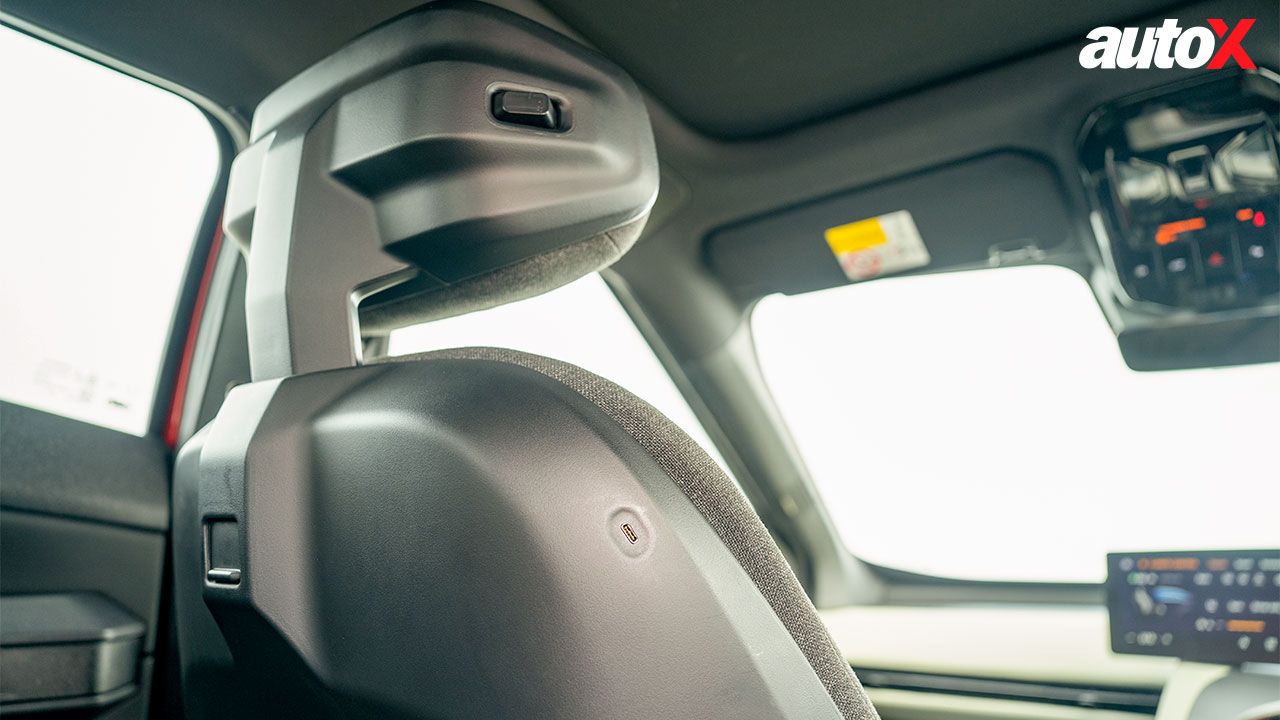
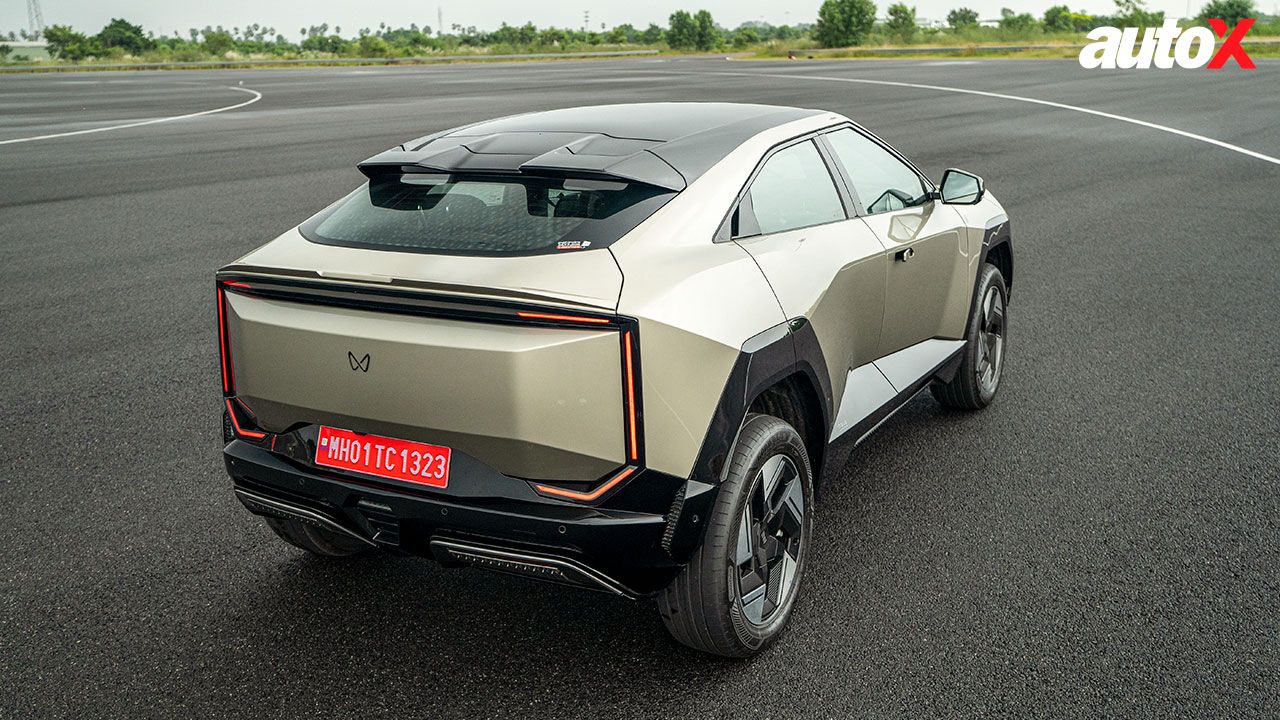
However, not everything is perfect. The steeply raked A-pillar and sloping roofline make ingress and egress a bit of a challenge, even though the car features 90-degree-opening doors. Getting in and out feels more like a squeeze than a breeze. Another concern is the liberal use of gloss black cladding around the car. While it looks great initially, keeping it clean and scratch-free over time will be an uphill battle for most owners.
Moving on to the BE 6 (formerly the BE 6e), the styling takes a leap into overdrive. It feels like a concept car that’s somehow made it to production, and the fact that Mahindra has managed to deliver such an aggressive, sharply sculpted design is nothing short of remarkable. The stance is spot-on, something that you’d expect from a high-performance car.
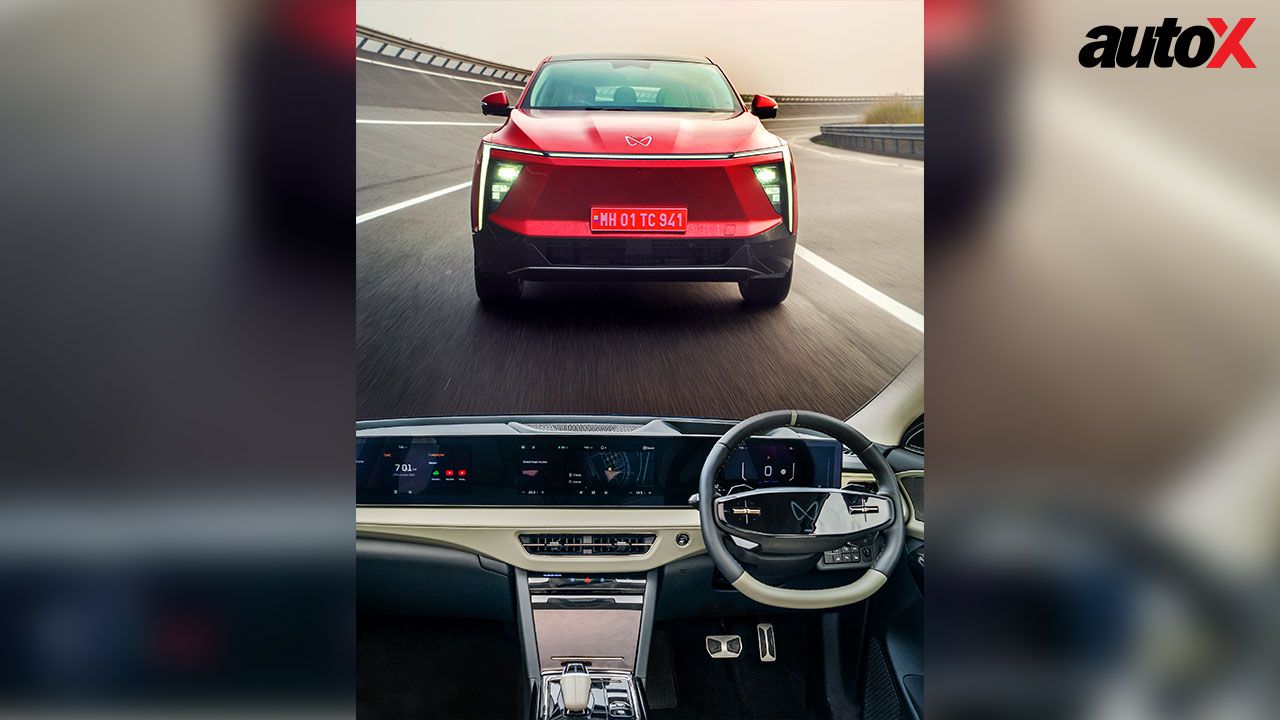

The BE 6 shares its width (around 1.9m) and wheelbase (2,775mm) with the XEV 9e, but it’s shorter in length (roughly 4.4m) and slightly lower in height than the latter. This gives it an excellent road presence, one that’s both italicised and underlined! Bad jokes aside, the BE 6 is an absolute stunner, especially when finished in brighter colours. However, it suffers from the same overuse of gloss black cladding, which raises concerns about maintenance. Here, ingress and egress become even more of a challenge. That said, there’s truly nothing quite like the BE 6 on the market, even when you compare it to cars costing four or five times as much.
Interior: Check
Typically, when a car’s exterior design is as bold and avant-garde as the BE 6, the interior struggles to match up. Thankfully, that’s not the case with these Mahindras. Starting with the BE 6, the cabin feels as futuristic and concept-car-like as its exterior.
The first thing that catches your eye is the prominent bar running through the middle of the cabin, separating the driver and front passenger spaces. It immediately sets a unique tone. But that’s just the beginning – everywhere you look, there are interesting elements vying for your attention. These include fabric door straps in place of traditional handles, an aircraft-inspired drive lever, and toggle switches mounted near the inside rearview mirror (IRVM), also reminiscent of an aircraft cockpit. My personal favourite, however, is the dedicated magnetic key fob holder – a small but delightfully stylish touch. Adding to the cabin’s wow factor is the fixed glass roof, which features illuminated strips that seamlessly work as ambient lighting, enhancing the futuristic vibe.
The XEV 9e’s cabin also features a fixed glass roof with illuminated strips, but overall, it leans more towards a blend of conventional and futuristic design. The standout feature here is the three-screen setup integrated into a single, expansive housing that spans the dashboard. Unlike the BE 6, the absence of the ‘halo-like’ division gives the 9e’s cabin a more traditional or rather ‘regular’ feel.
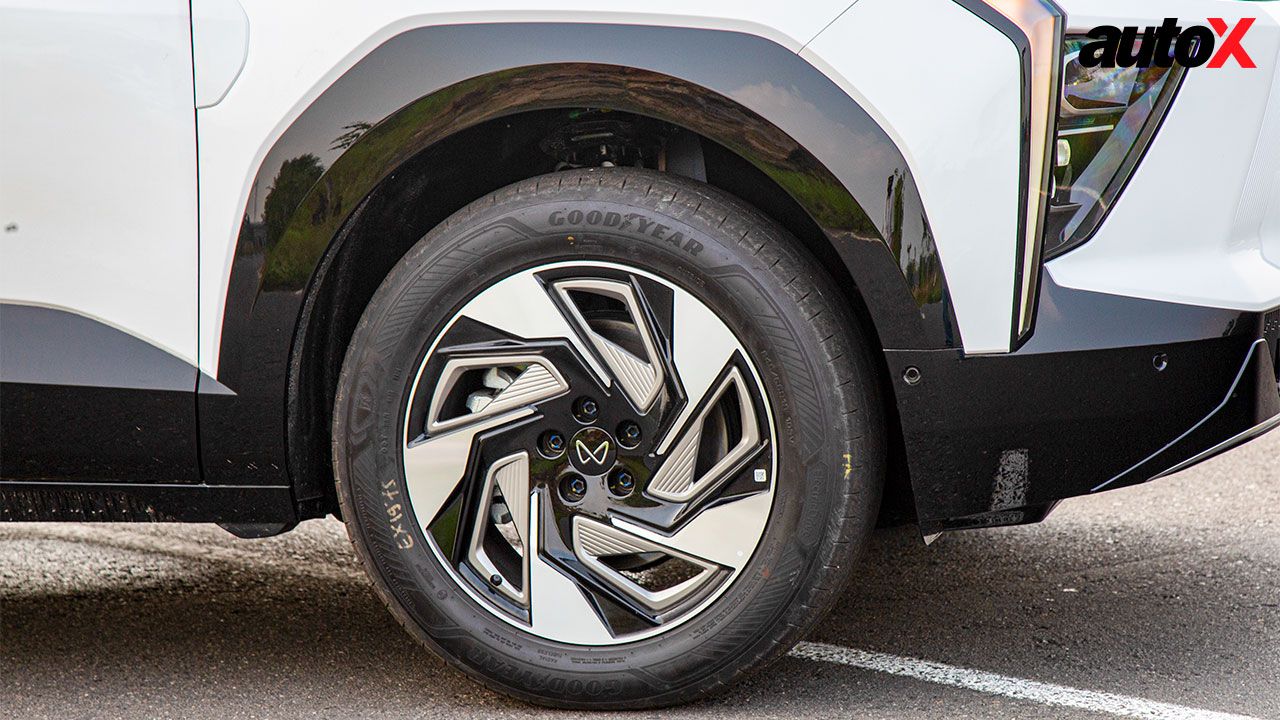

The clean layout is accentuated by the relocation of most functions to the touchscreen interface, which we’ll come to later. A nice touch is the illuminated drive selector, which adds a Tron-like aesthetic to the interior.
One key difference between the two cars is the steering design – the BE 6 opts for a squarish wheel, while the 9e sticks to a conventional circular one. Ergonomically, both cars offer comfortable, well-padded seats with electrically adjustable driver seats featuring memory functions. However, the seating position leaves something to be desired, as under-thigh support is less than ideal, resulting in a slightly ‘knees-up’ posture.
In the rear, headroom may be a concern for passengers over six feet tall due to the sloping roofline. On the bright side, the flat floor and absence of a transmission tunnel make it easy to accommodate three passengers across the rear bench with relative comfort.
One thing to note is that both cars offer limited visibility through the inside rearview mirrors (IRVMs). Fortunately, the large outside mirrors are quite helpful, providing a clear and wide field of view. Both vehicles also impress when it comes to boot space – 445 litres for the BE 6 and a substantial 663 litres for the XEV 9e. However, the high-loading lip could make accessing the boot a bit cumbersome. On the plus side, both cars include frunks, adding an extra layer of practicality. The BE 6 offers a 45-litre frunk, while the XEV 9e has a generous 150-litre space.
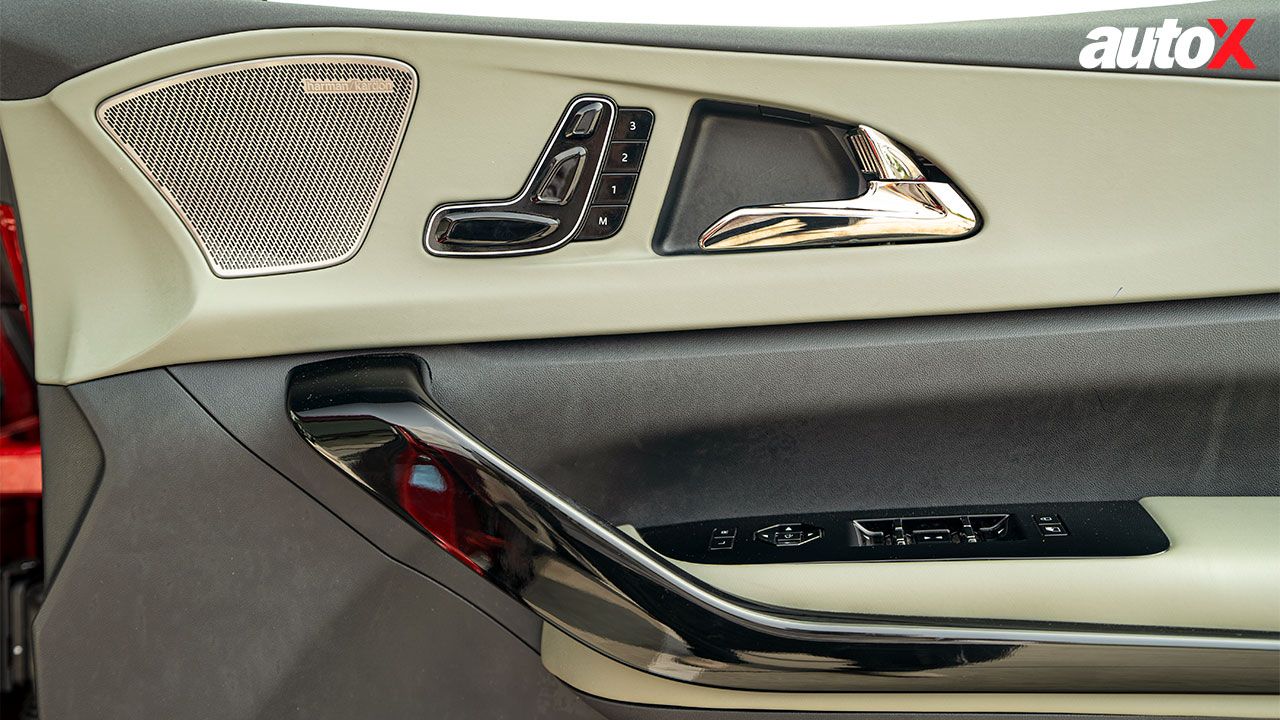

Features: Check
Both cars come brimming with features, and while it would take an entire day to explore them all, let’s focus on the highlights. One standout inclusion is wireless Android Auto and Apple CarPlay – a detail I hold in high regard. The screens are packed with features and apps, but the user interface feels a tad overdone and can take some time to get used to. Tasks can often be completed in multiple ways – via the centre console dial, dedicated buttons, layered touchscreen menus, or even touch-based buttons on the steering wheel. All this can make navigating simple functions unnecessarily convoluted. That said, we had limited time with the cars, and perhaps spending more time with the system would have inspired a different impression.
A definite high point is the Harman Kardon sound system with Dolby Atmos. Its performance is nothing short of stellar, rivalling systems typically found in flagship luxury cars. Another interesting feature is the 360-degree camera, which can pair with the in-cabin camera to function as a dashcam – a great addition indeed!
Safety and convenience are also well-covered. The cars get automatic parking and facial recognition via AI, which uses the in-cabin camera to detect signs of drowsiness and prompt the driver to stay alert. On the safety front, it also gets a Level 2+ ADAS system. It not only enhances safety but also includes a smart lane-change feature: tapping the indicator prompts the car to switch lanes autonomously, provided the system deems the conditions safe.
Performance: Check
With all that out of the way (phew!), let’s dive into what I find most impressive about the new Mahindra cars – the driving experience. Both vehicles share an almost identical foundation, built on the all-new INGLO skateboard architecture. Crucially, these are not retrofitted ICE models; they’ve been designed, tested, and engineered from the ground up as EVs. This clean-sheet approach is evident in their performance and packaging.
Both cars feature a rear-mounted motor with a rear-wheel drive setup as standard. Both come with two battery options – a 59kWh pack delivering 228bhp or a larger 79kWh pack generating 282bhp. Regardless of the configuration, the torque output remains the same – 380Nm. What truly stands out, however, is their outright performance. Both vehicles are blisteringly quick! Press the accelerator, and the immediate response shoves you back into your seat, leaving a grin plastered across your face. To give a perspective, the BE 6 goes from 0 – 100 km/h in just 6.7 seconds, while the XEV 9e does the sprint in 6.8 seconds.
The good bits don’t stop there. The chassis and suspension setup are remarkable, allowing the cars to glide over potholes with an ease that rivals premium German SUVs. Only sharper bumps manage to filter through. The handling is equally impressive, particularly in the BE 6, which feels exceptionally well-balanced. Both cars communicate effectively with the driver, instilling confidence. Even the braking experience feels natural, despite the regenerative modes in play.
The variable gear ratio power steering is another highlight, which weighs up nicely as speed increases. The icing on the cake is the car’s impressive turning circle of just 10 metres, making manoeuvrability a breeze. Although we had a limited time with the cars, the drive was nothing short of exceptional. The only noticeable distinction between the two is that the XEV 9e feels marginally busier, with its extra rear weight making itself known. However, this did little to detract from the overall experience, which was splendid in every other way.
Overall, it feels like I’ve only scratched the surface of what these cars have to offer. They’re the kind of vehicles you could talk about for hours, thanks to their blend of innovation, performance, and sheer driving enjoyment.
So, Checkmate?
These cars not only deliver exceptional value for money but also stand as a testament to India’s automotive prowess on the global stage. They are, quite simply, world-class offerings. Much like a pop star who makes headlines for a myriad of reasons, as long as they win the hearts of people with their songs, all is right. And they seem to be making the right music, one that’s likely to resonate with people. For now, the first two tracks are certified hits, poised for a Grammy-level takeover. All that remains is to wait for the full album to drop – and the anticipation couldn’t be higher.
----
The XEV 9e is the more mature of the two and for those who prefer family-oriented vehicles
The Mahindras are a truly global product and dare I say, fun to drive!
Engine:Single Motor
Transmission:Single-Speed / Rear-Wheel Drive
Power: 282bhp
Torque: 380Nm
Fuel: Electric
X-Factor: Both cars mark a new and promising chapter for the Indian automotive industry.
|
Pros • Impressive Drivetrain |
Cons • Convoluted User Interface |
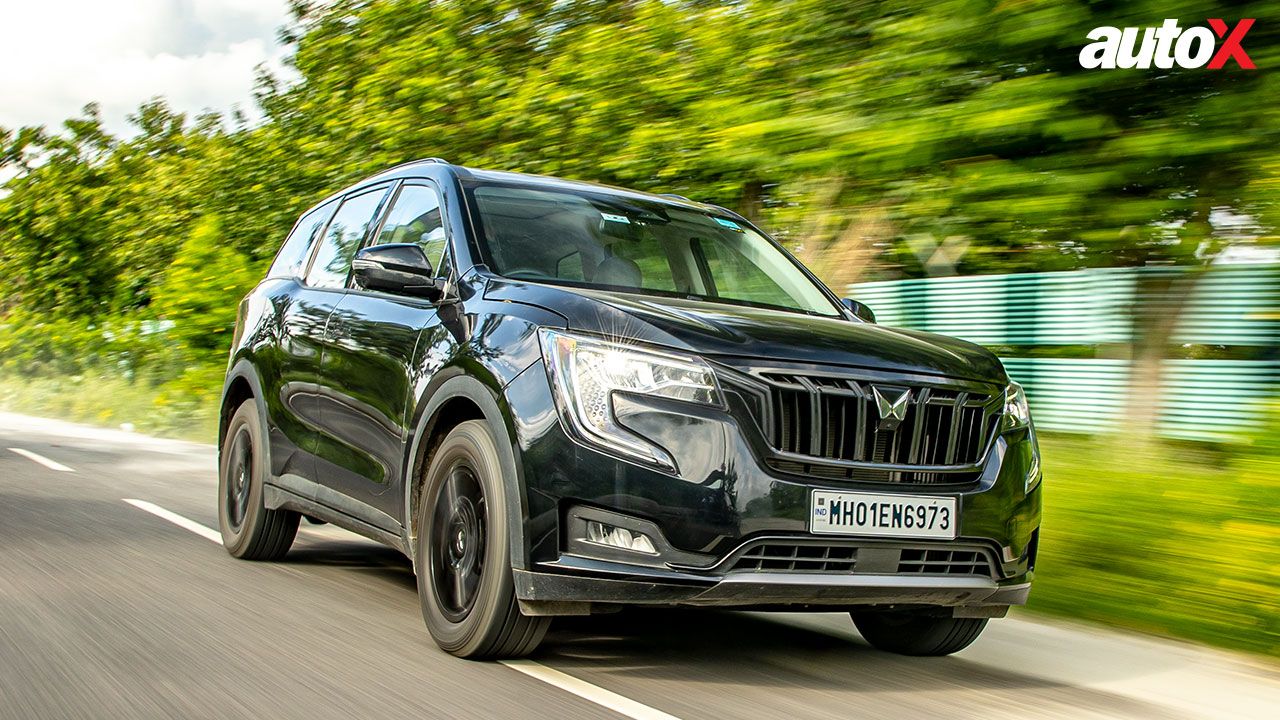
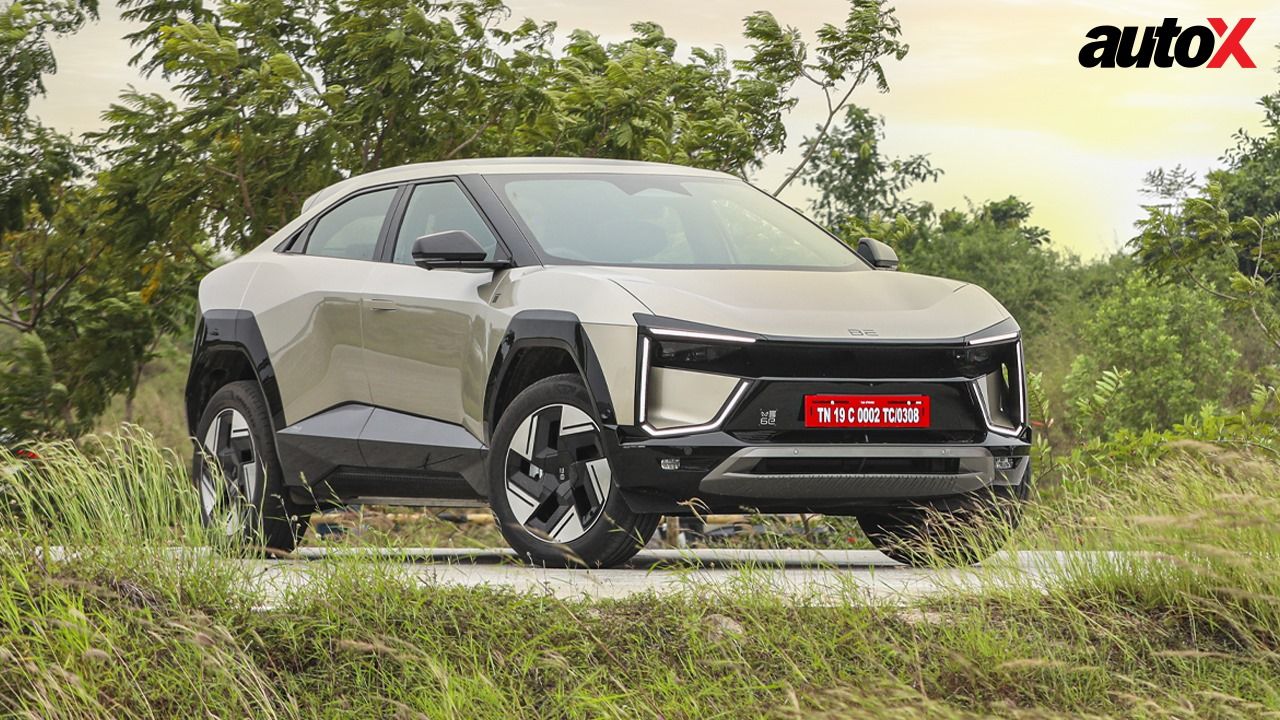
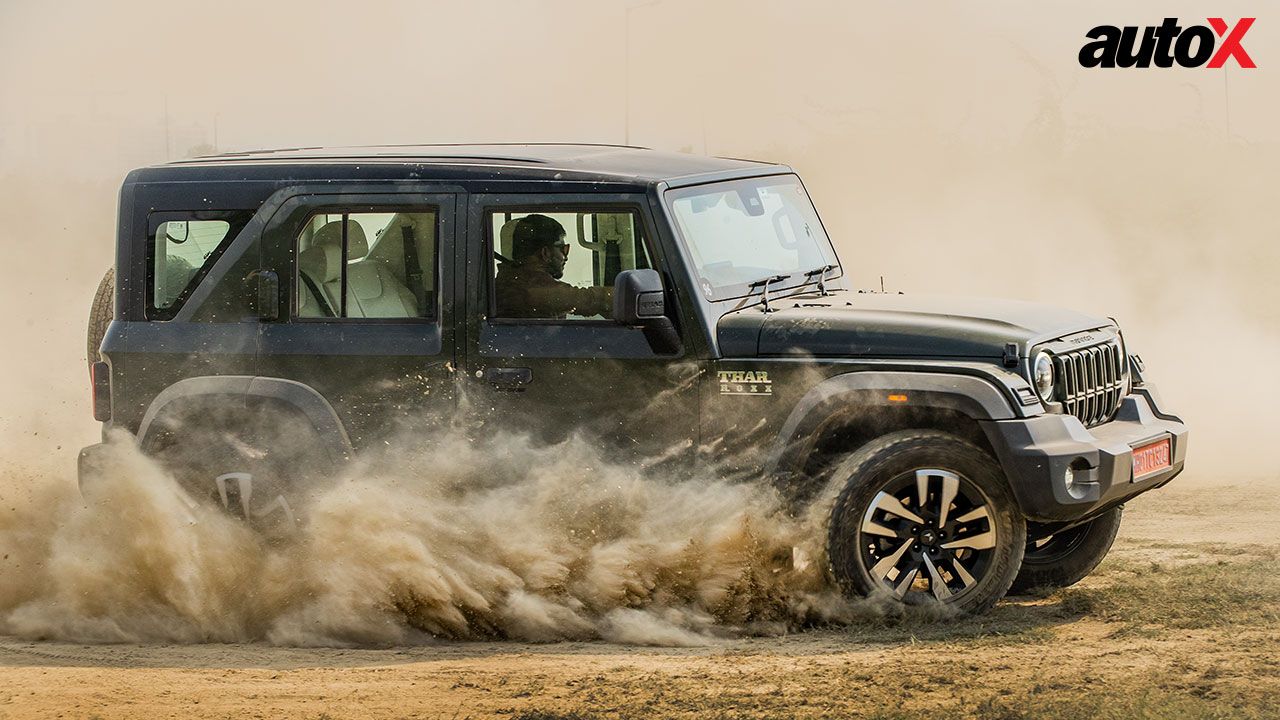
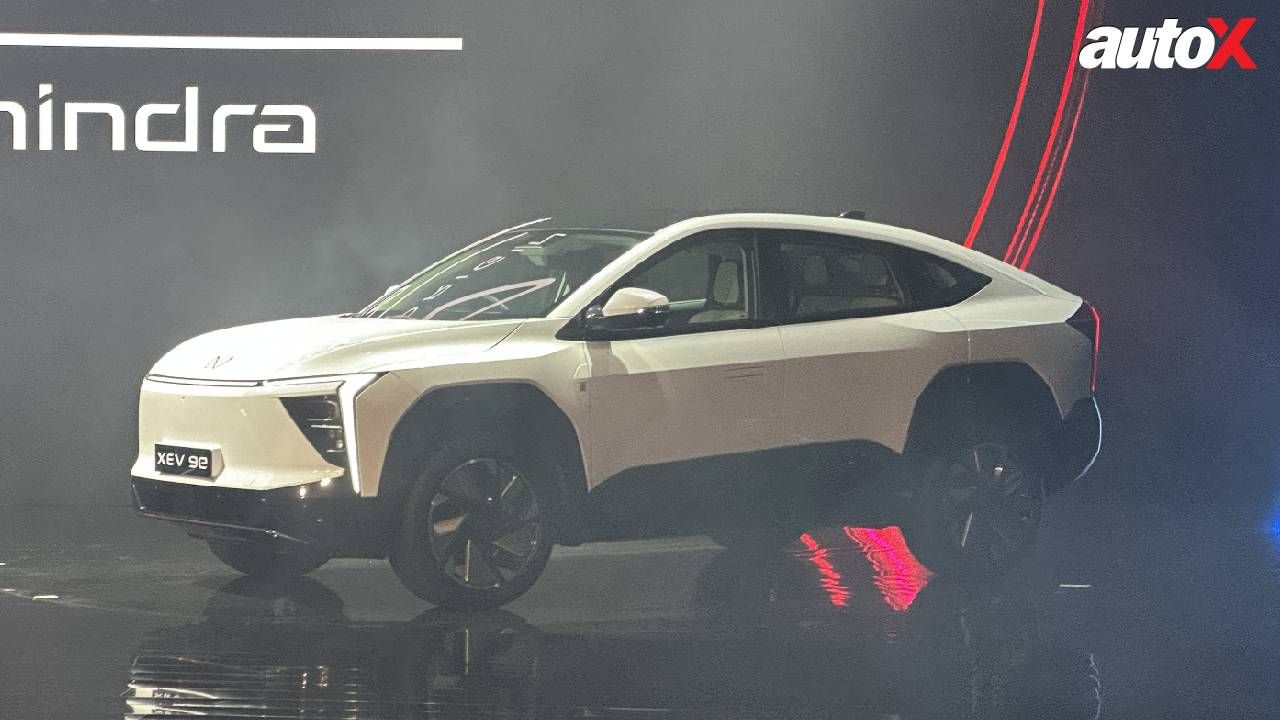
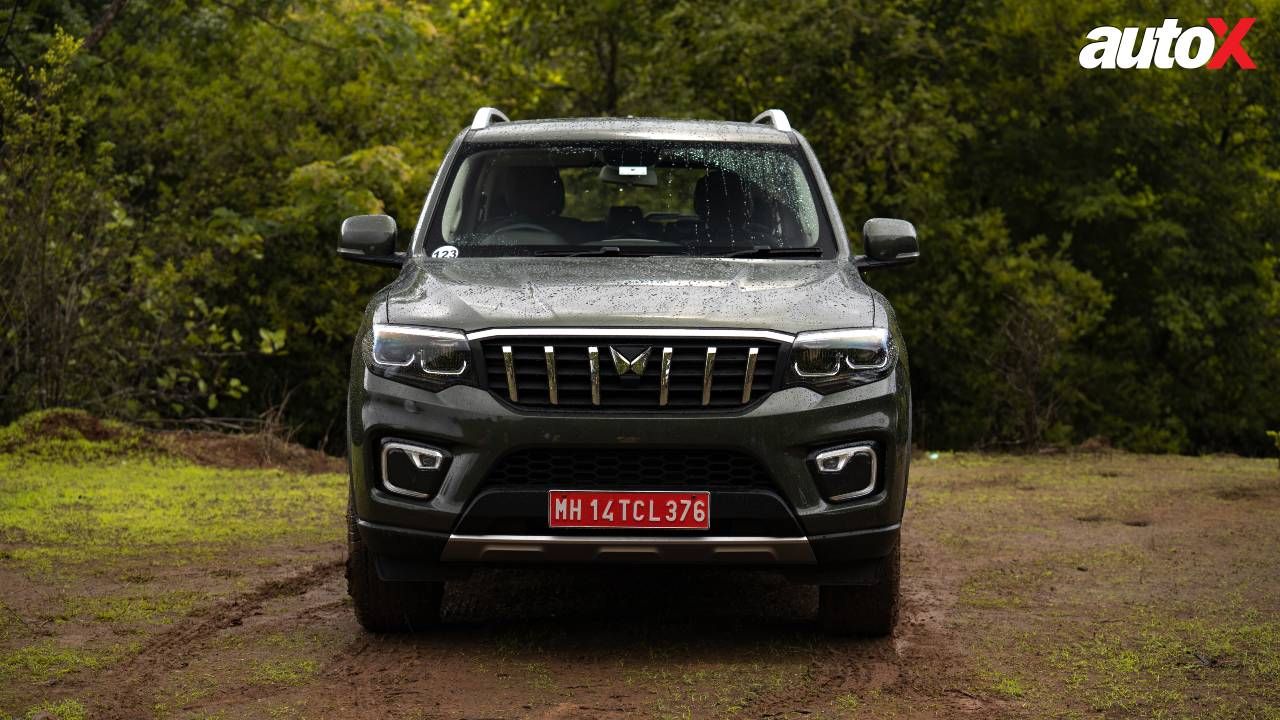
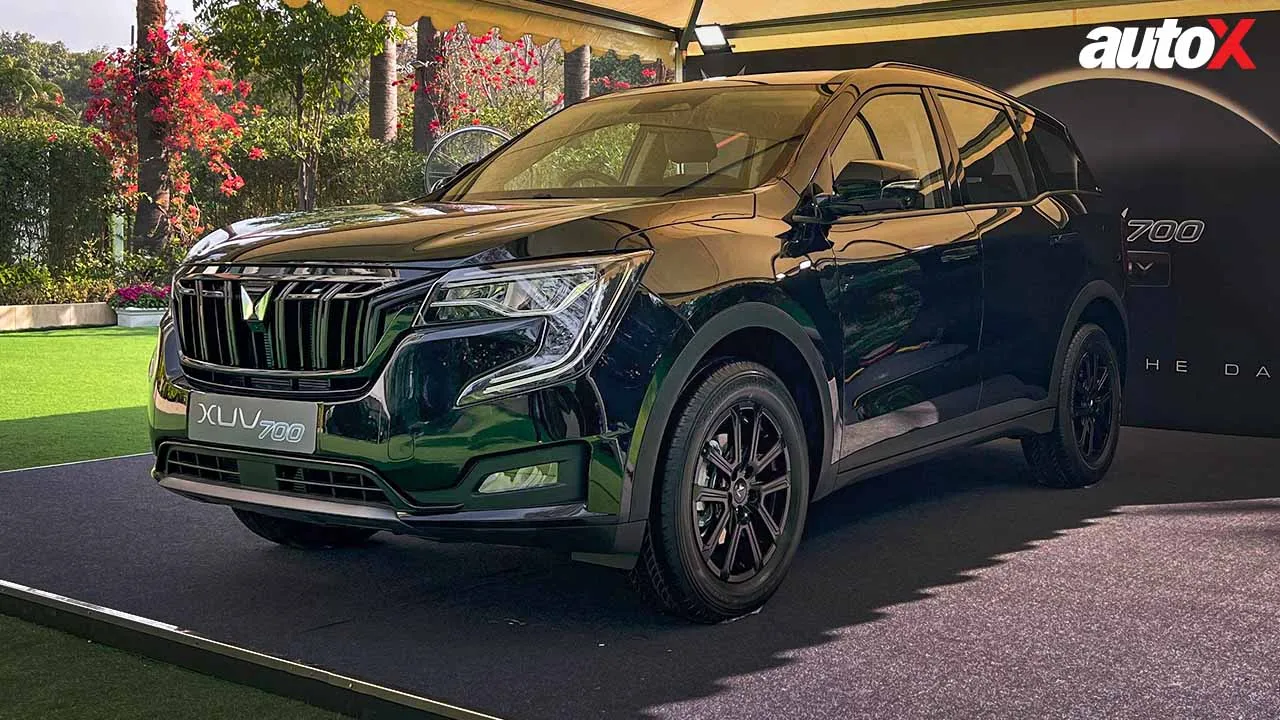

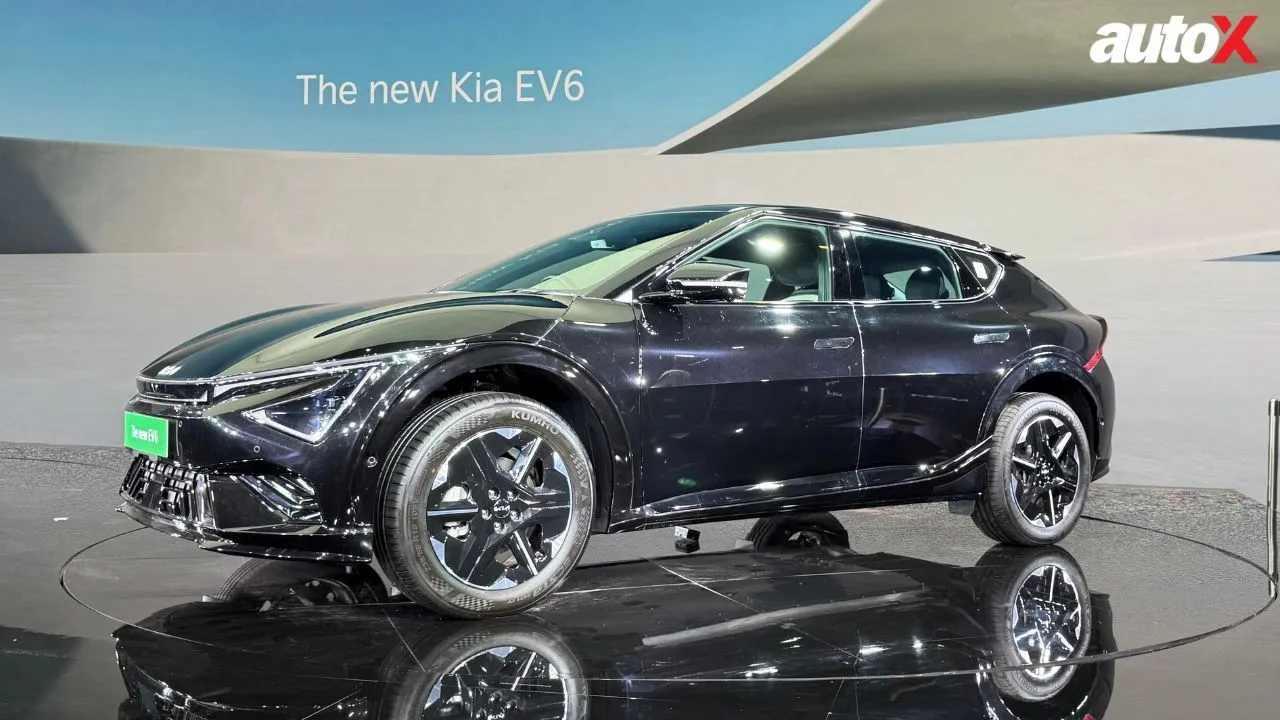
.webp)
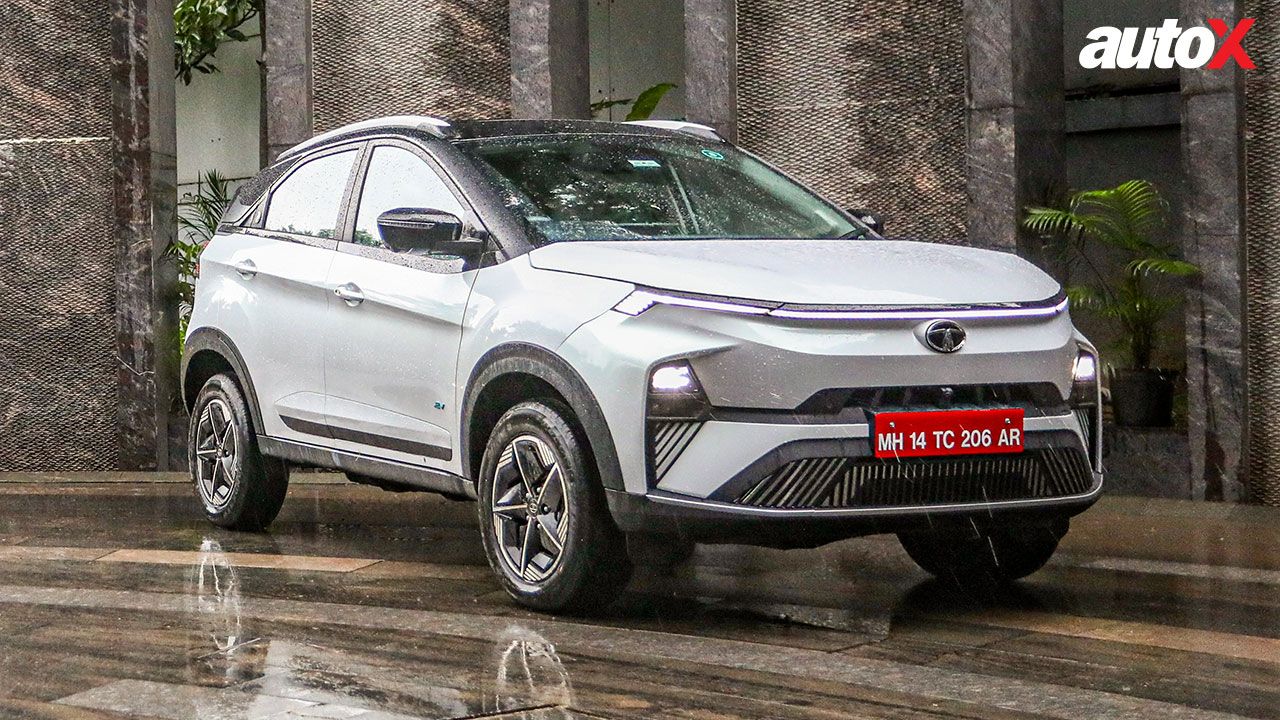
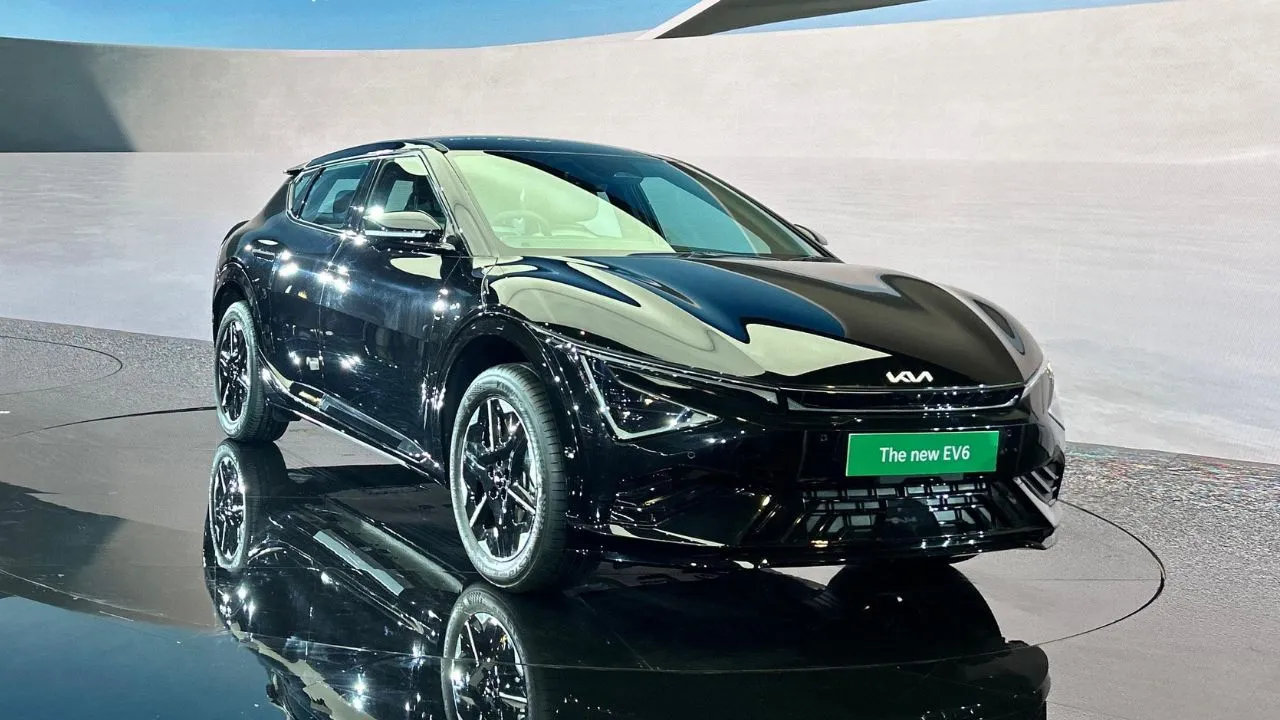

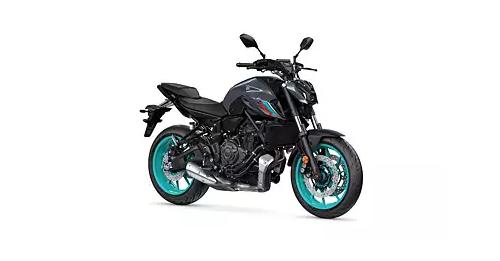
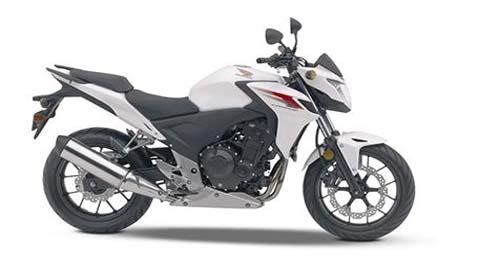
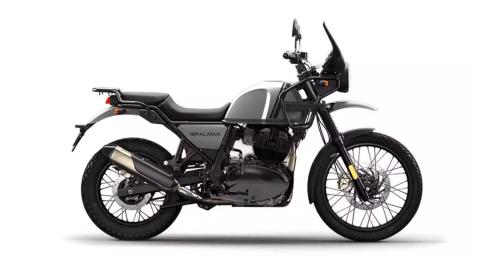
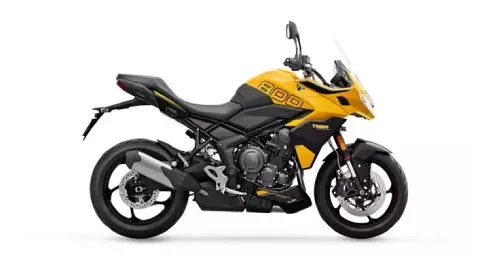









Write your Comment on